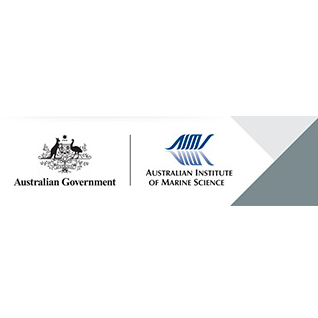Brief description
The Beagle Gulf Surface Buoy was deployed from May 2015 to July, 2017. The nearby Darwin mooring (NRSDAR) provides ongoing observations in this region.Data recorded: Air Pressure, Air Temperature, Current, Depth, Dissolved Oxygen, Fluorescence, Humidity, Light, Rain, Salinity, Turbidity, Water Temperature, Wave and Wind Speed and Direction.
The Beagle Gulf mooring extended seaward oceanographic observations from Darwin Harbour and complemented the National Reference Station located at Channel Marker Buoy#5. The mooring was upgraded to near real time in September 2014. Channel marker number 5 was removed in February 2015, resulting in the mooring being moved to Channel marker 1. For full instrumentation specifications see the informaition recorded for each deployment at link https://www.aims.gov.au/imosmoorings/
The marine observing systems deliver the information needed to support the development and operational management of ports and harbours. Most ports and harbours are multi-use regions supporting industry and recreational activities, and observing systems play an important role in both port operations, and in generating understanding of processes that impact the sustainable use and development of these areas (e.g. sediment transport, water quality). Water current profiles and wave measurements directly assist shipping operations and feed into a model that seeks to evaluate impacts on the health of the harbour.
The NRS Darwin mooring (IMOS platform code: NRSDAR), is one of 9 IMOS ANMN National Reference Stations (NRS) designed to monitor oceanographic phenomena in Australian coastal ocean waters. The NRSDAR buoy is deployed at Latitude: -12.3382, Longitude: 130.6952.
The IMOS national reference stations will extend the number of long term time series observations in Australian coastal waters in terms of variables recorded both in their temporal distribution and geographical extent. It will also provide for biological, physical and chemical sampling and for 'ground truth' of remotely sensed observations.
IMOS is an Australian Government initiative established under the National Collaborative Research Infrastructure Strategy and the Super Science Initiative and supported by Queensland and Western Australian State Governments.
Lineage
Maintenance and Update Frequency: asNeededNotes
CreditAustralia’s Integrated Marine Observing System (IMOS) is enabled by the National Collaborative Research Infrastructure Strategy (NCRIS). It is operated by a consortium of institutions as an unincorporated joint venture, with the University of Tasmania as Lead Agent.
Australian Institute of Marine Science (AIMS)
Steinberg, Craig R, Mr
Modified: 13 03 2024
text: westlimit=130.6952; southlimit=-12.3382; eastlimit=130.6952; northlimit=-12.3382
Data access via Programming API
uri :
https://open-aims.github.io/data-platform/![]()
IMOS: National Reference Stations
uri :
http://imos.org.au/anmnnrs.html![]()
Data access using R
uri :
https://docs.ropensci.org/dataaimsr/![]()
Biogeochemical water sampling data
uri :
http://data.aodn.org.au/IMOS/public/ANMN/NRS/NRSDAR/BIOGEOCHEM![]()
Queensland and Northern Australia sub-facility of the ANMN: National Reference Station - moorings deployment details
uri :
https://www.aims.gov.au/imosmoorings/![]()
Marine Weather Observations for Darwin National Reference Station Mooring (NRSDAR)
uri :
https://weather.aims.gov.au/#/station/1092![]()
global : 0887cb5b-b443-4e08-a169-038208109466
- global : 23257155-fa16-4361-ae82-b2a09e4bf9ac


